





























(Directions)
We make connections between publishers and advertisers
All your needs between client KPIs and publisher monetization
SSP opportunities

Own video-player with in-house content production

Mix of best DSPs and direct clients to maximize demand revenue

High viewable in-house rich media display web ad formats

Direct Deals and PMP for Publishers

Exclusive 360° monetization with mix of Video and Rich media banners in one format

Certified Google Partner
Start Monetization

DSP opportunities

First-party audience segmentation over family content categories

Variety of video and display web ad formats

Direct Publisher relationships

Exclusive inventory via PMP & Programmatic Deals

Trustworthy websites approved by Google

Self-service
Get Traffic



Vidverto SSP

Premium & Exclusive Ad Formats
Boost your revenue with proven solutions for video and display traffic

Open Market & Direct Deals
Access trusted partners through open markets and secure direct deals

Simple Integration
Integrate ad formats on your website with Vidverto low-code technology
become a partner

Vidverto DSP

Real-Time Bidding
Benefit from dynamic, real-time auctions to get the best ad rates

Targeted Advertising
Reach your audience with advanced targeting options

Brand Safety
Your ads are displayed in a safe and relevant environment with robust brand safety measures
become a partner

(Check out some news)
Blog
(Сontacts of regional managers)
Сountries we are represented

Start your growth now!



















.svg)

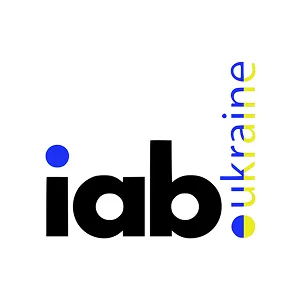



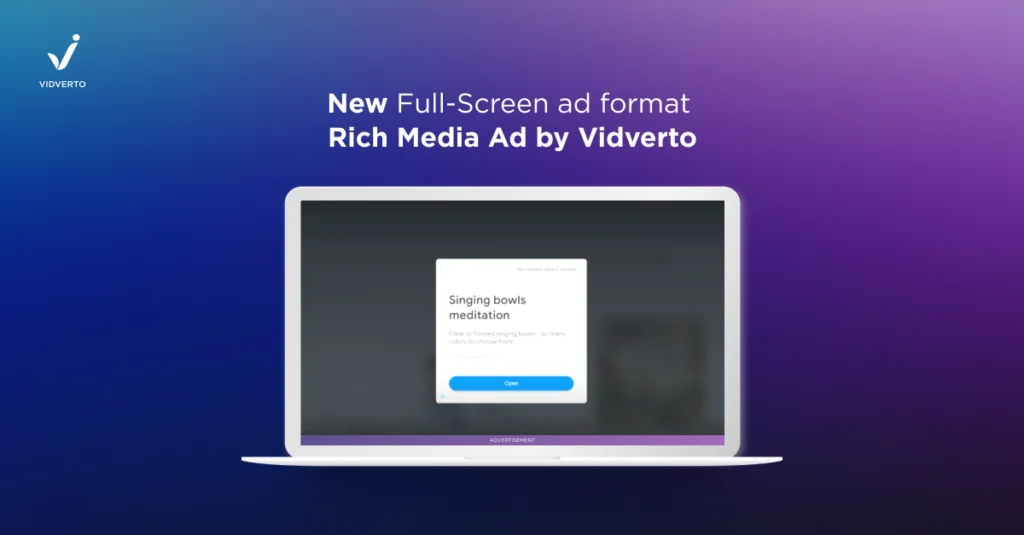
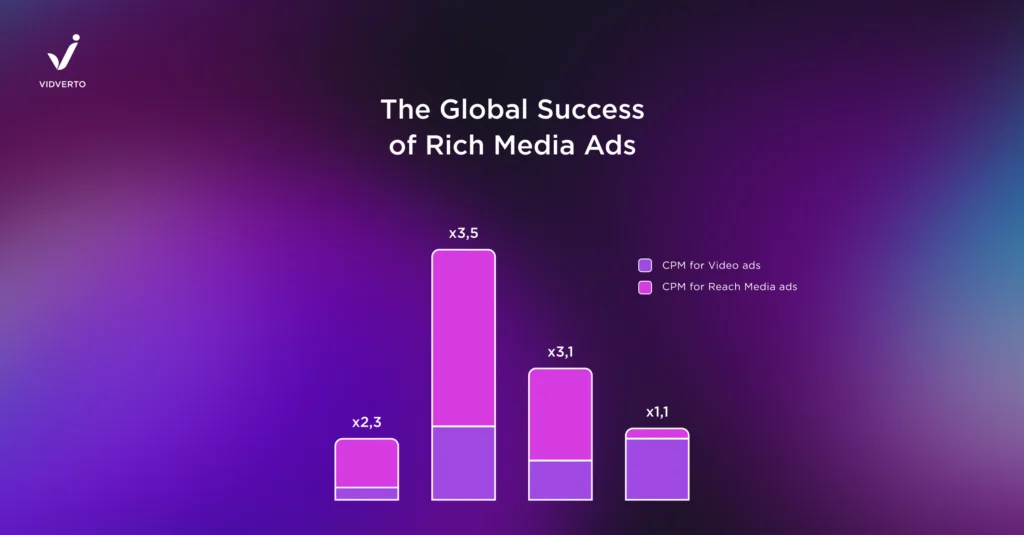







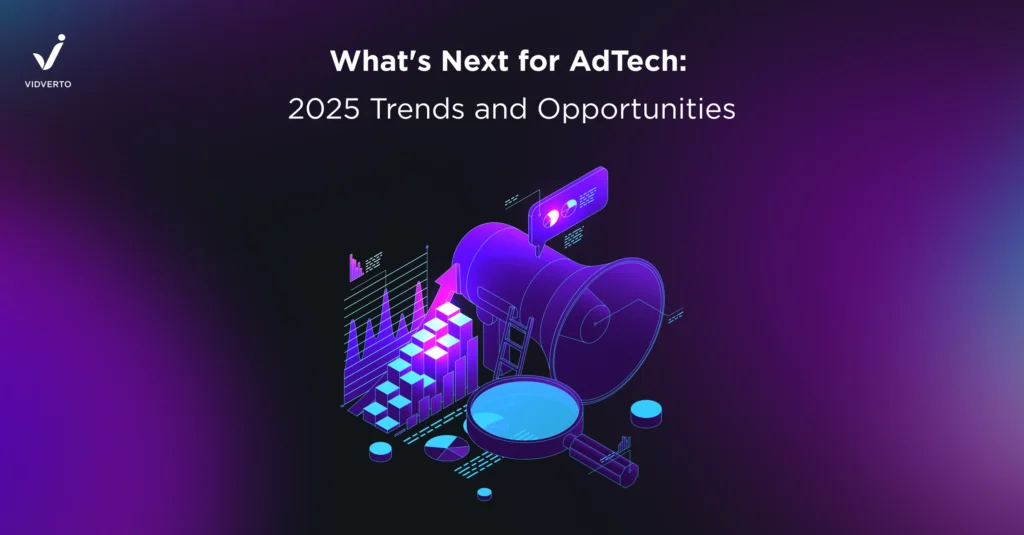
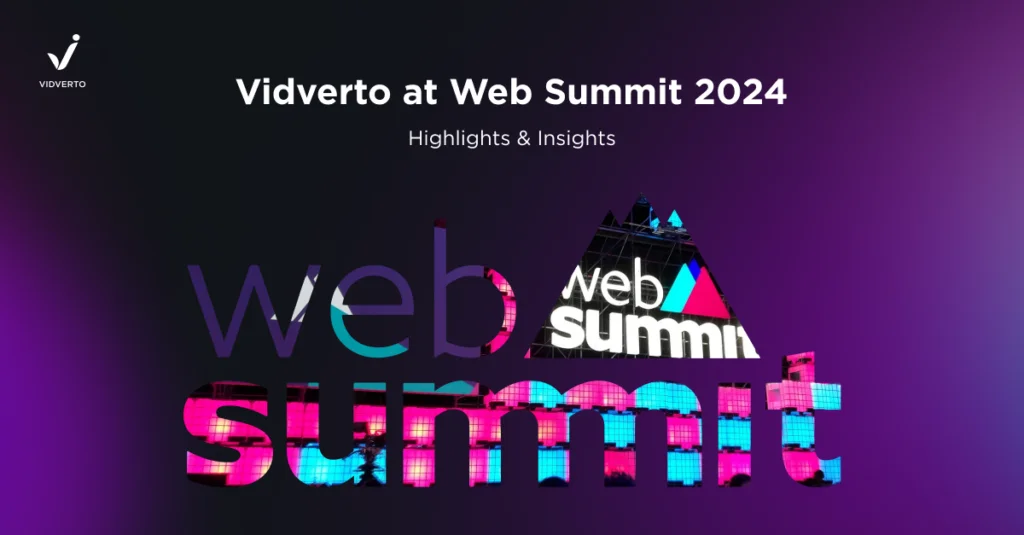


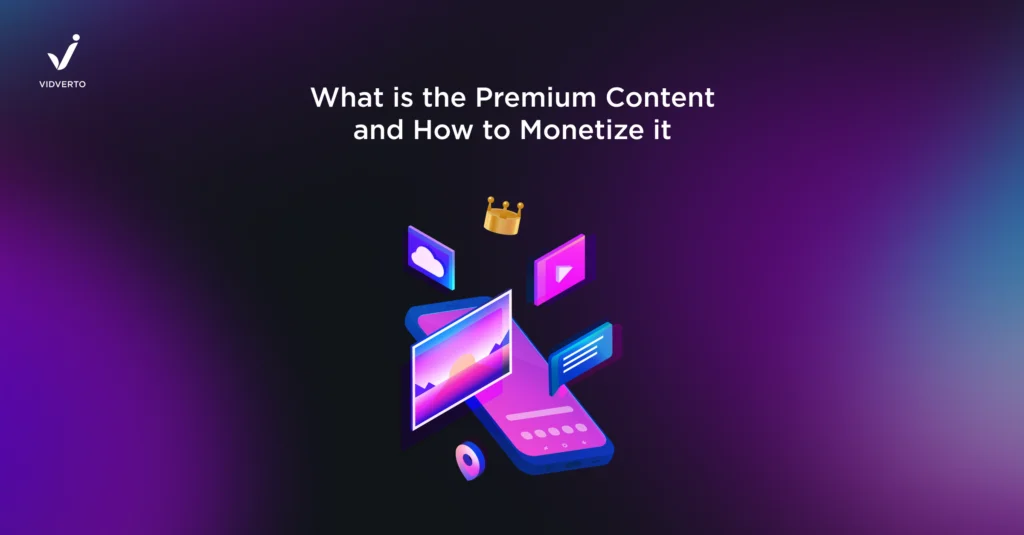
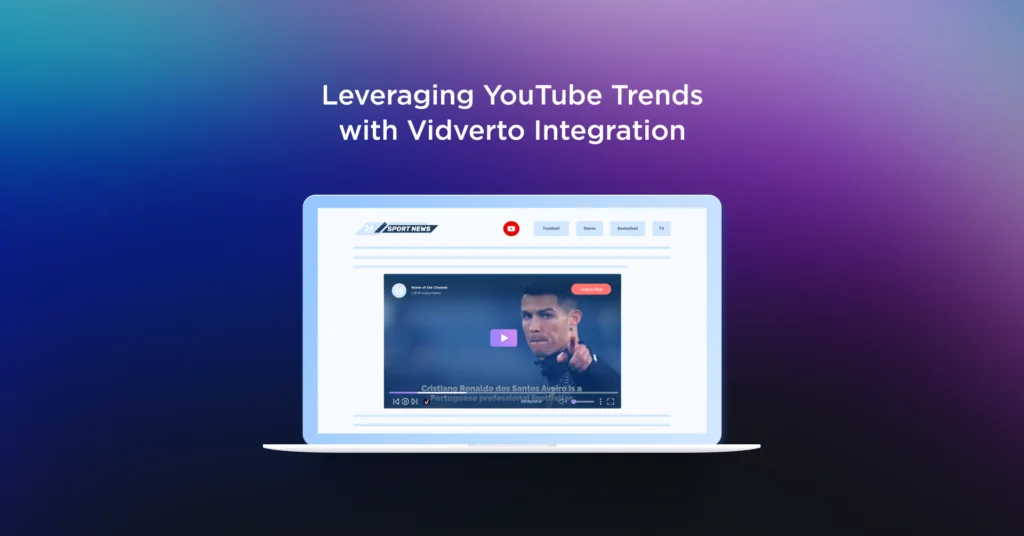







.svg)



